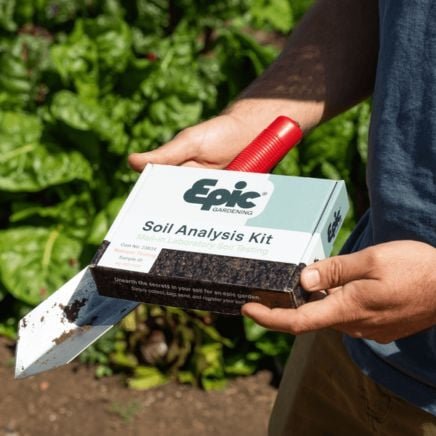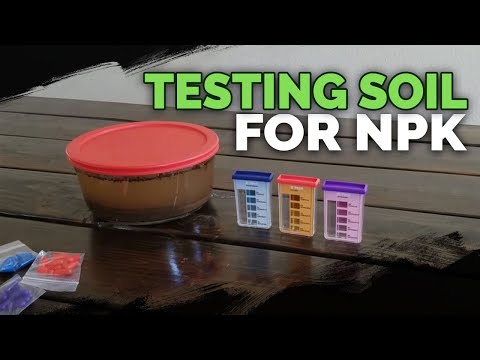Garden upkeep doesn’t stop just because the summer ends. There’s plenty to do in autumn, such as starting cool-weather crops, dividing perennials, and pickling all those peppers. Some gardeners already have spring on their minds, with plenty of ideas of what to do differently and what to try again.
One major step you can take now in the fall to make your life much easier in spring is to test your soil, even if you aren’t growing anything in fall or winter. This will give you a leisurely amount of time to correct any issues. Once spring has finally sprung, you can garden with confidence and a reasonable idea of what to expect with your soil.
If you wait until the last second, you may find yourself playing catch-up. And if you don’t bother to evaluate your soil at all, you may find yourself with sad, hungry plants. Instead, take the time to test your soil in the fall. Need more convincing? Here are nine reasons why.
Soil Testing Kit
- Easy at-home test for pH, organic matter, and cation exchange capacity
- Measures all major plant macro and micronutrients
- All you have to do is sample, seal, and send to the lab
- Simple results guide in about one week
Save Time and Money
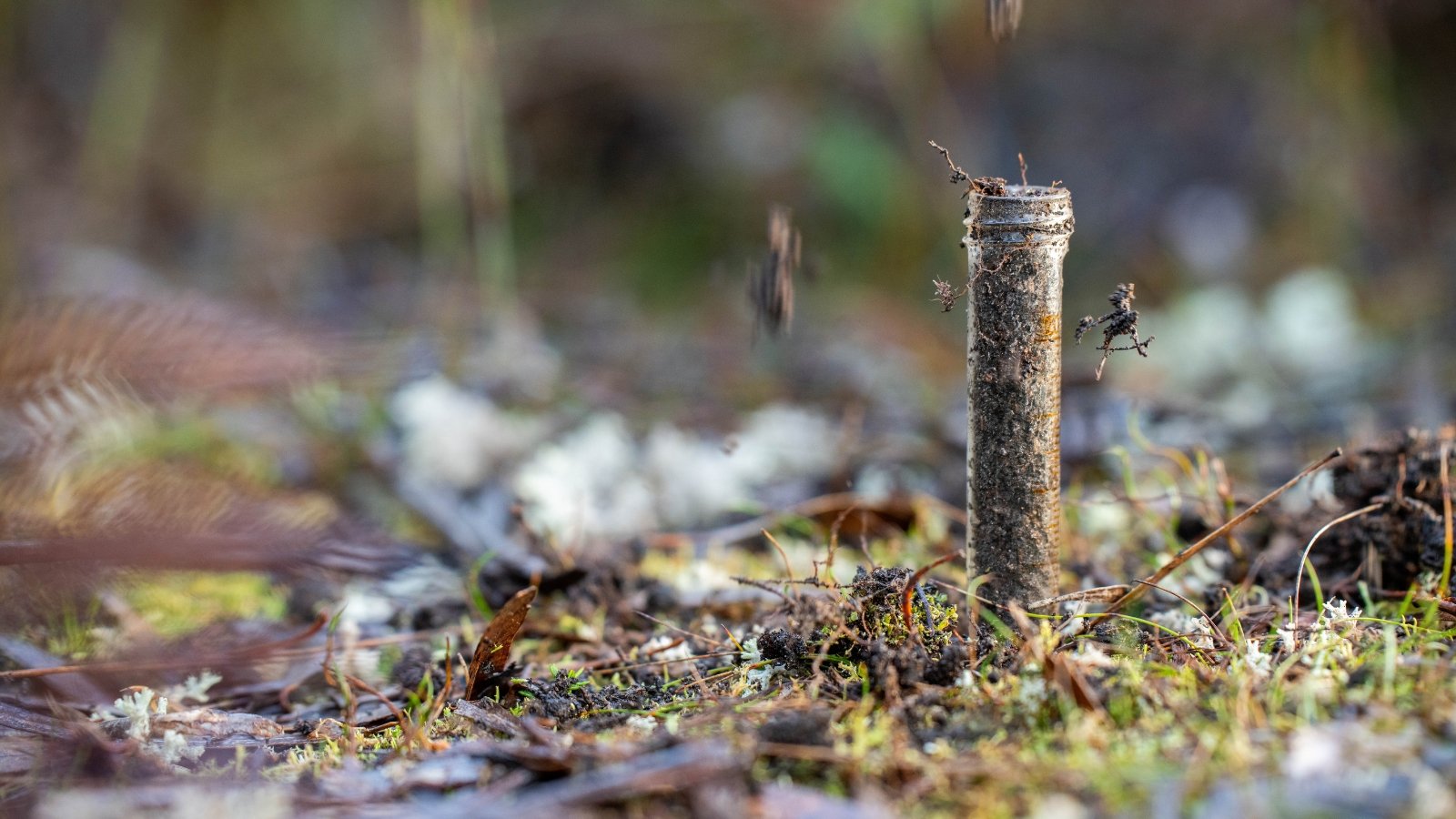
While it may seem like a chore, getting your soil tested in fall can actually end up saving you a lot of time and money, two crucial resources for gardeners.
There are multiple ways to get your dirt tested, but providing samples to your local extension office usually gets you results in a week or two, sometimes even less. On the other hand, you can waste an undetermined amount of time next spring if you proceed without learning more.
Perhaps you order some sort of fertilizer or amendment in spring, wait a while for it to arrive, apply it, and a couple of months later realize that it wasn’t right. Maybe it needed something else, or maybe what you added is actually detrimental. That’s a lot of time wasted.
You could waste an entire growing season if you remain unaware of a serious nutrient balance. Sometimes, it takes a while for plants to show that they’re nutrient-deficient. By then, there may only be so much you can do to solve the problem.
Meanwhile, if you just take care of the task now in autumn, the only time spent will be waiting for the results of your test. It’s worth it. In spring, you’ll feel confident about the nutritional makeup of your garden, instead of wondering if you’re losing time while growing in a nutrient-deficient medium.
Don’t Waste Money on Unnecessary Fertilizers
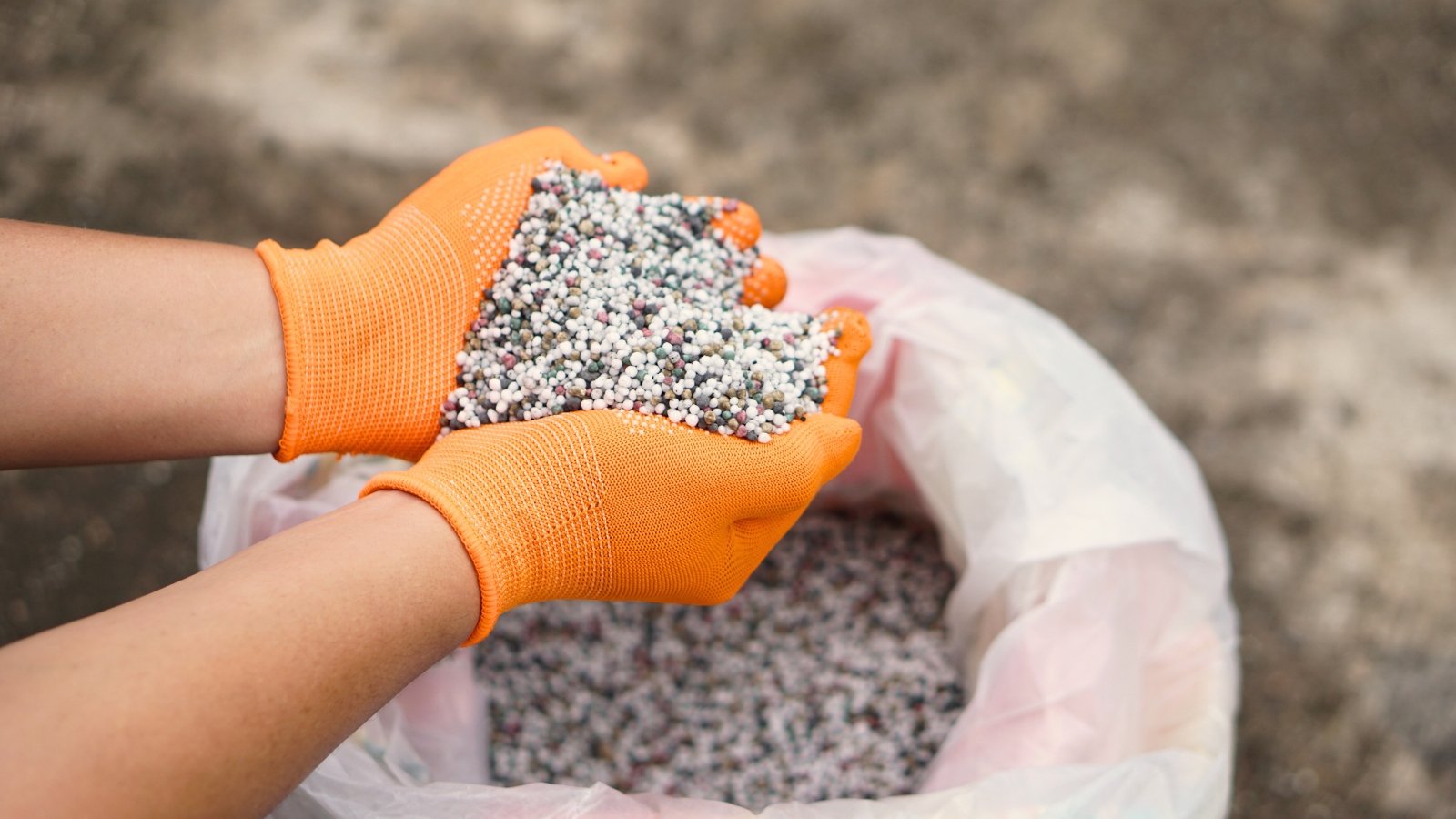
Similarly, fertilizer can be seriously expensive. What if you spend a ton of money on fertilizer, without realizing that you didn’t even need it? What if you invest in a pricey product that doesn’t actually answer your garden’s most dire nutritional need?
Testing your soil is not expensive. You can buy your own affordable soil testing kit to conduct the test at home. Or, your local extension office will usually do it for free. There’s really no telling how much money you could save, once you know exactly what your plants needs and what they already have access to.
Money saved can translate to a lot in the garden: new and effective tools, fun trellises, countless packets of seeds, and possibly even an additional raised bed.
Provide Optimal Plant Nutrition
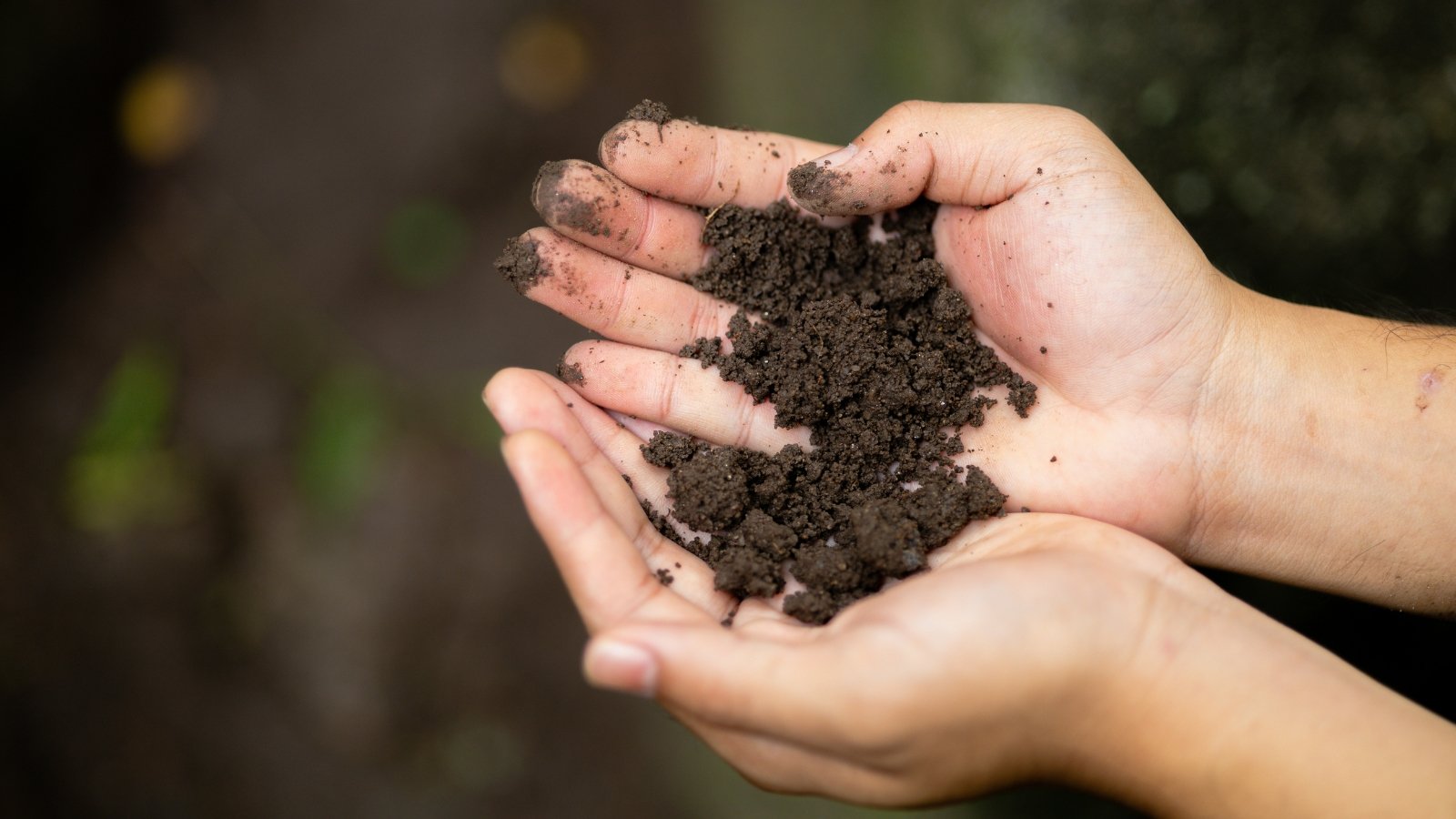
Many new gardeners don’t realize just how important proper plant nutrition is for optimal growth. They may plant their crops in the perfect lighting, they may set up elaborate trellises, and they may diligently water as often as needed, but if the plants aren’t getting the nutrients that they need, they just won’t be able to thrive.
A lot of seasoned gardeners are guilty of this, too. Perhaps their crops thrived last year, so now they think the same will probably happen next year. Maybe they’re thinking that they tossed on some compost, and now they can just call it a day.
Maybe the next plants will be okay, but they probably won’t perform as well as you want them to. A lack of nutrients can stunt growth, limit flower and fruit production, and even lead to plant death.
Those lacking in the proper essentials will also be much more prone to diseases and pests. You may be thinking that you didn’t have any such issues this year, so your plant should be fine next year. If this year’s batch is nutrient-deficient, they could easily succumb to local pests and diseases that you didn’t even realize were a potential problem.
Assessing Nutrient Deficiencies
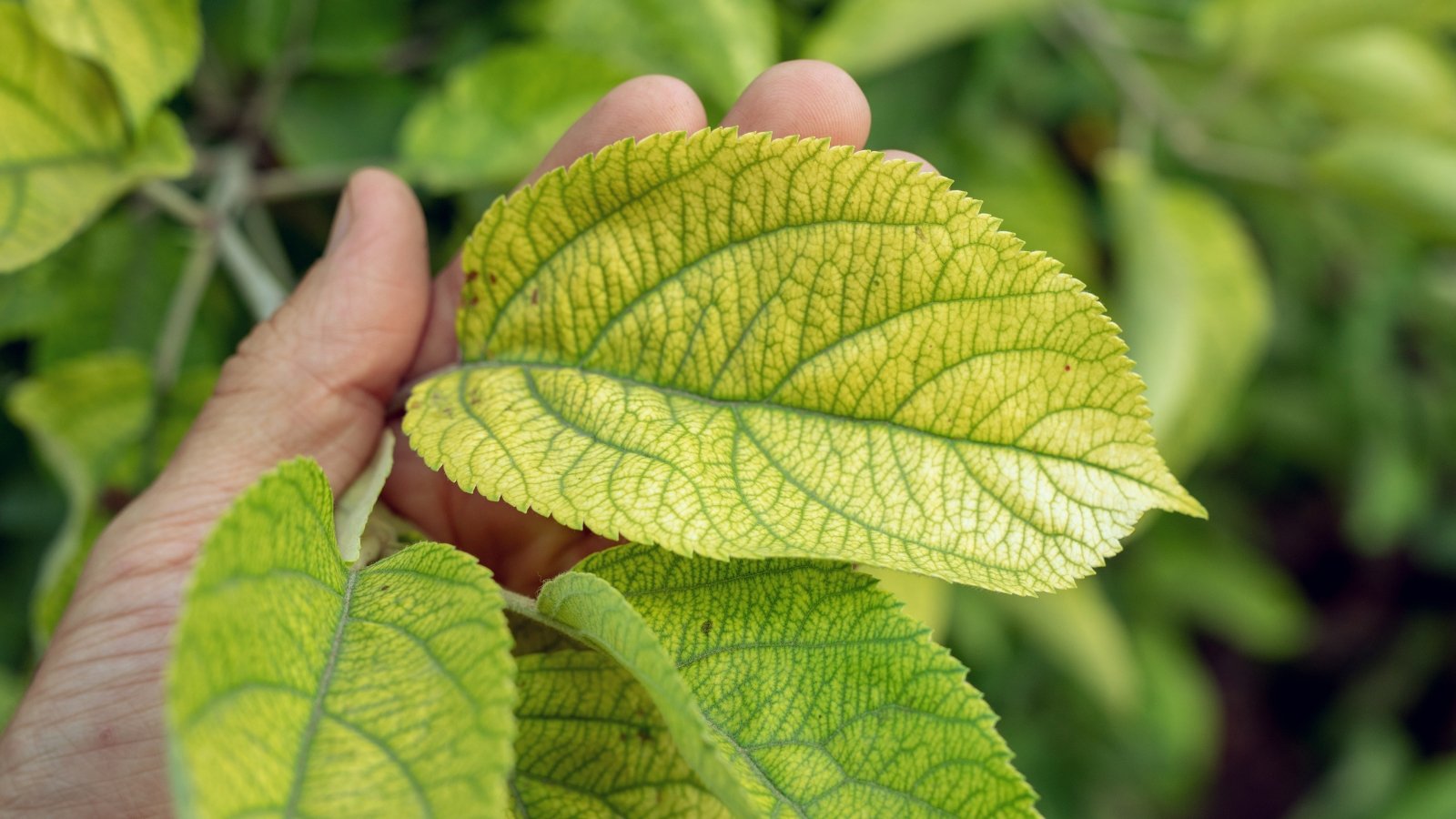
Whether you’re growing fruits, vegetables, or flowers, there’s certainly a reason for each plant you choose. If you’re growing tomatoes or peppers, presumably you’re hoping to harvest a copious amount of fruit. But if there aren’t enough macro and micronutrients, these crops will struggle.
If you’ve started a salad garden, but your greens don’t have access to enough nitrogen, your salad bowls aren’t going to be very full. And similarly if you’re growing flowers, you can expect blooms to be sub-par and limited.
A simple test will tell you what nutrients your soil has and which it lacks, allowing you to properly address imbalances now in fall, benefiting any late-season crops or next year’s choices. This will also give you time for organic matter to break down.
Obtain the Right pH Level
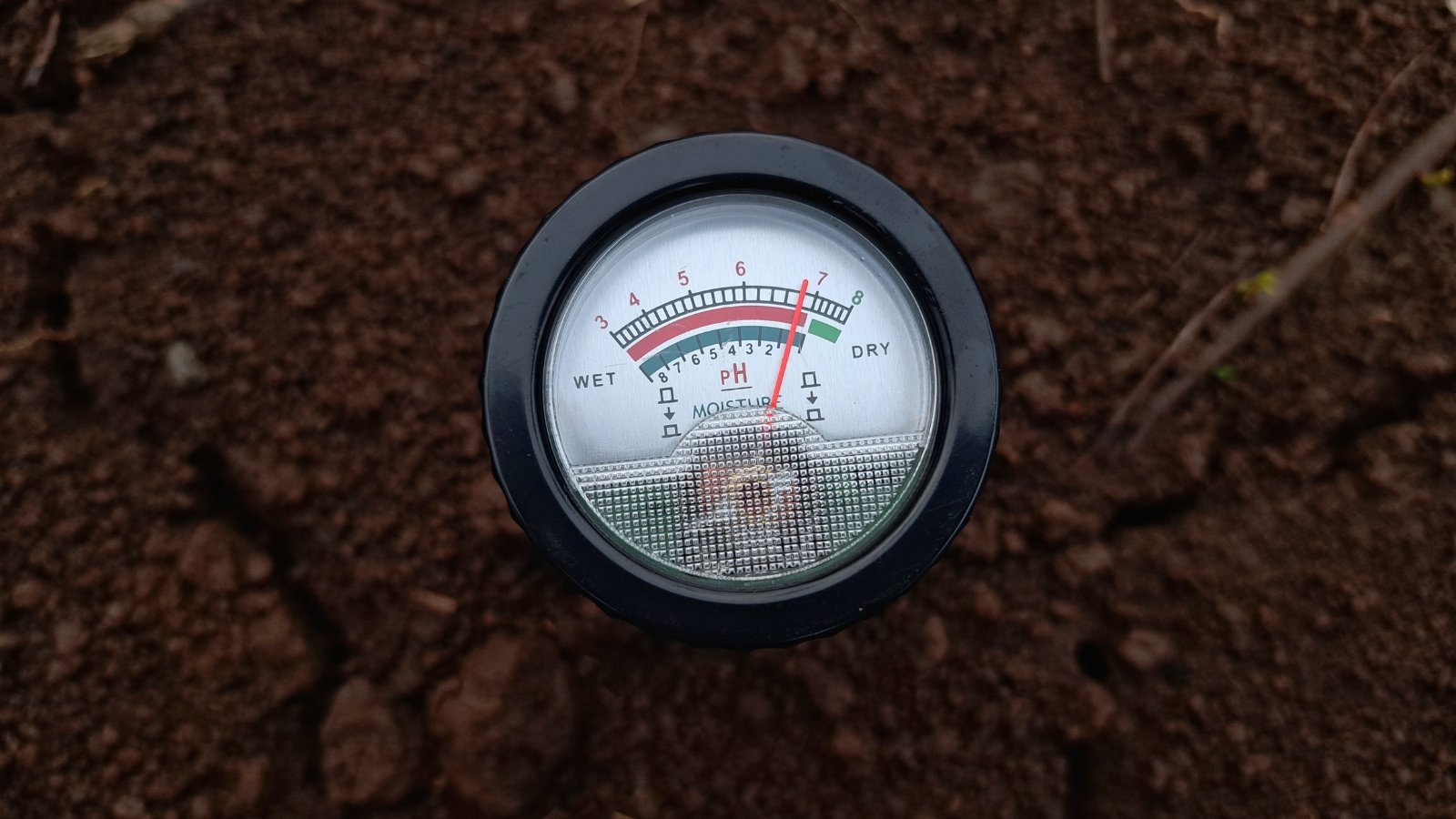
The pH level is also foundational to proper plant growth. While you may think you’ve provided enough nutrients, the pH level actually affects the nutrients’ availability. Perhaps you’ve supplied the proper amount of key nutrients, but your plants still can’t access it.
For example, a low pH level can lead to a phosphorus deficiency, while a high pH level can make it difficult for plants to access iron, manganese, and zinc. These deficiencies can sneak up on you when you don’t realize the pH level is off.
Some plant pathogens also thrive in extreme pH levels. For example, clubroot is a soil-borne disease that affects cruciferous vegetables, and it flourishes in acidic soils. Raising the pH level can control it and even eliminate it. If you’re planning to grow a lot of cabbage next year, this is something to keep in mind.
Different Plants Require Different pH
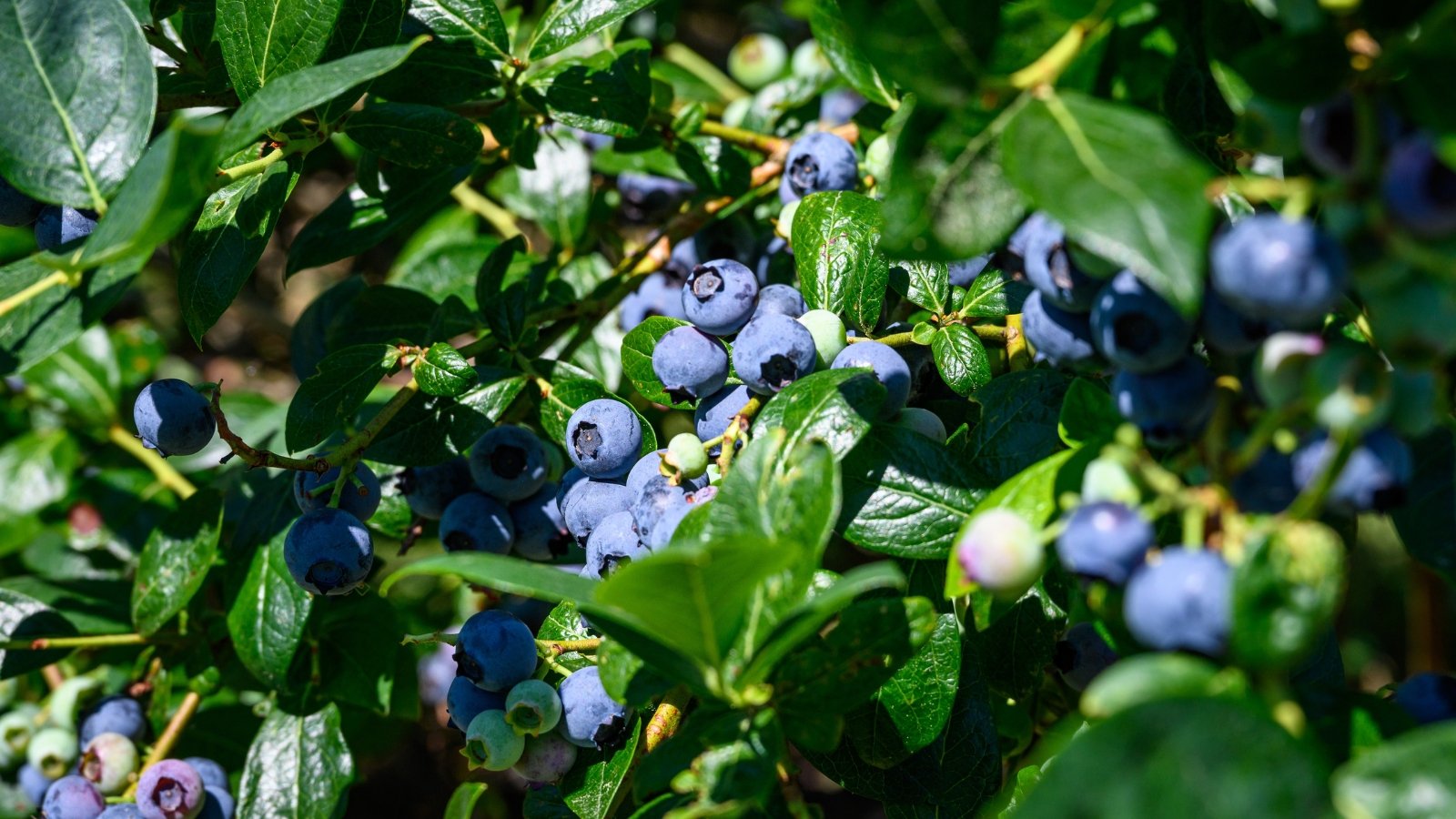
It’s also important to note that different plants flourish in different pH levels. For example, blueberries are a popular crop that prefer acidic ground. If you plan to start a blueberry patch next year, you might need time to lower your garden’s pH.
Additionally, altering the pH level can be a bit trickier and can take some time. It’s not something you want to put off until spring. If you wait until the last minute, you may have to choose between starting your plants late or starting them in the wrong pH level.
One of the more common methods to raise pH is the application of agricultural lime. It may take a couple of years to raise the pH level significantly, but some change will be noticeable in a few months, just in time for spring.
Sulfur, iron sulfate, and aluminum sulfate can all lower the pH, through a process that also takes at least a few months.
Avoid Taking Too Many Nutrients
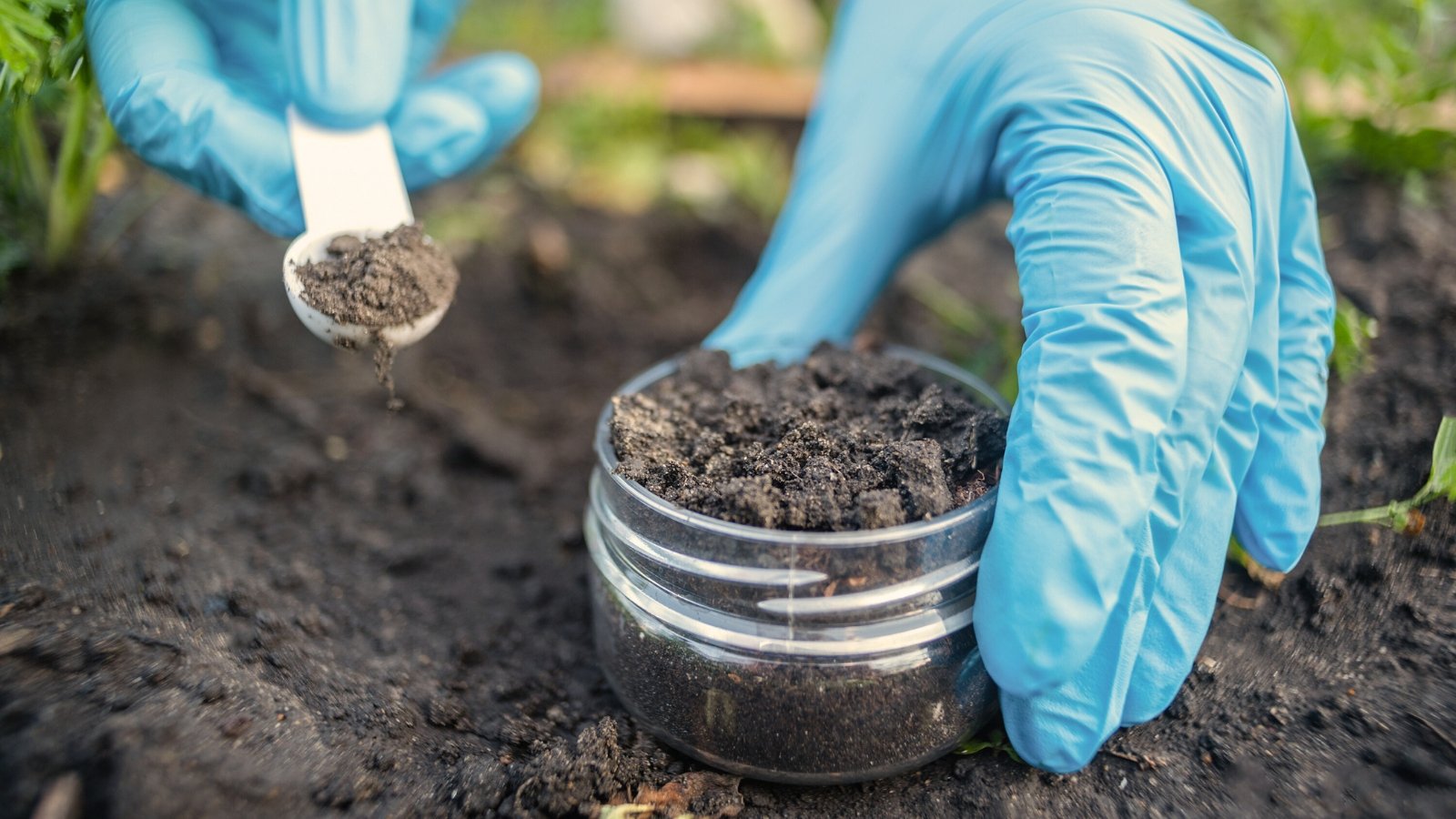
When you grow plants in the same garden plot or raised bed over and over again, you slowly deplete the ground of nutrients. If you’re a small-scale gardener, it may not seem possible for your plants to have such an effect, but over time, they certainly will.
Many backyard gardeners add some fertilizer or compost to their plots at the beginning of each season, assuming this will be enough. What they don’t realize is that they’re slowly taking more out than they’re adding, year after year. Eventually, this adds up.
Have you discovered that your plants seem to be a bit smaller or a bit weaker each year, even though you’re treating your garden the same each season? Perhaps this is what’s going on. Your plants are just hungrier than you realize, and you’re not replenishing them enough.
Some plants are also referred to as “heavy feeders” because of the large quantities of nitrogen, phosphorus, potassium, etc. that they uptake during their life cycle. Cabbage, tomatoes, beets, watermelon, celery, potatoes, and corn are some of the many popular heavy feeders.
In fall, test your soil to see if your gardening practices have been leaching more than you realized. If you’ve been growing tomatoes in the same spot year after year, chances are good that you have, and a yearly application of compost might not be enough to keep up.
Plus, a specific test will tell you exactly what you need. It’s easy to apply some general, all-purpose granular fertilizer on your plots, but it may not target something that you’ve been slowly removing from your garden plots for years.
Avoid Adding Too Many Nutrients
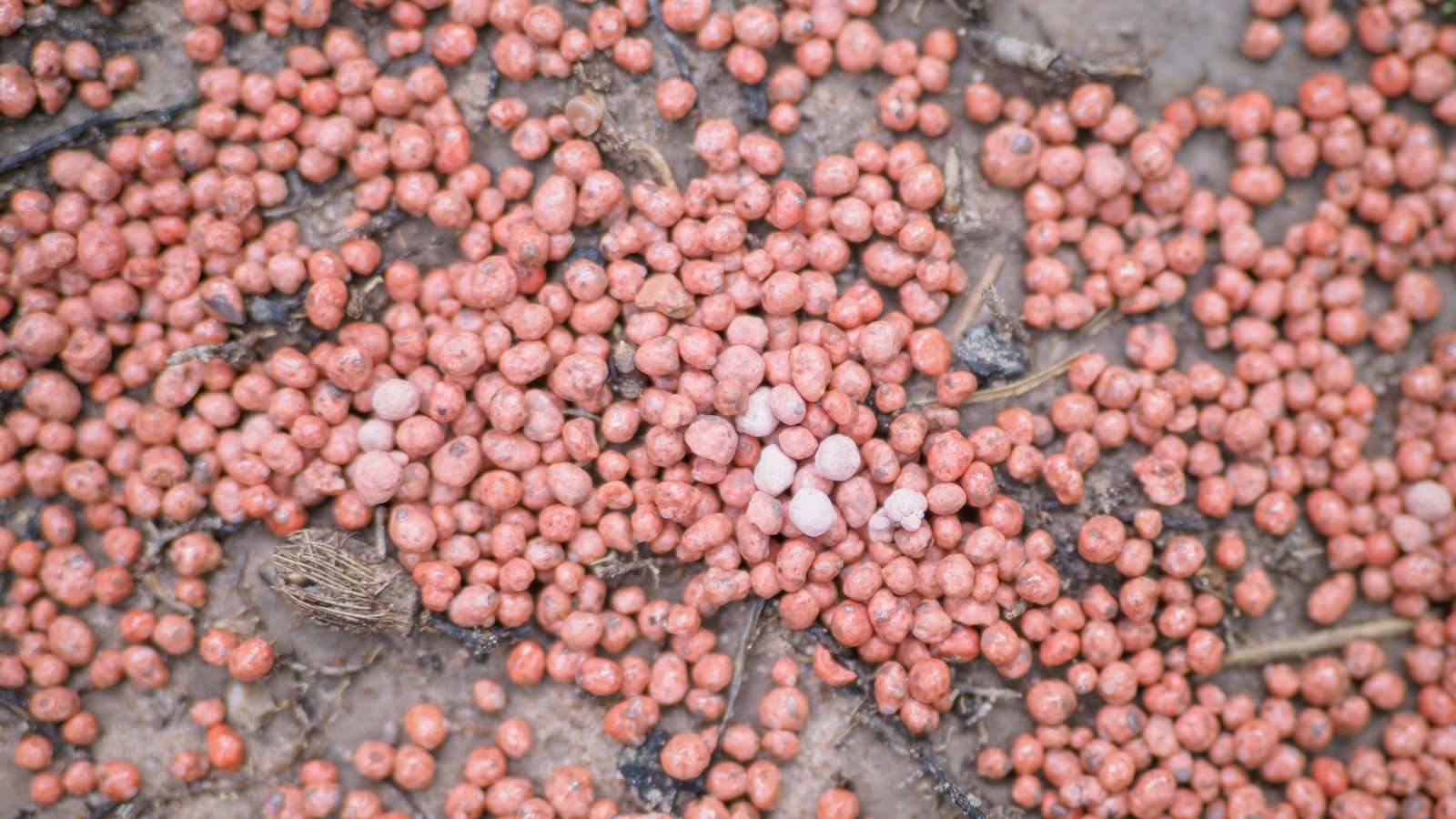
While many gardeners fail to notice how much they’re taking out of the soil, others over-correct and aren’t aware of how much they’re putting in. Fertilizer burn is real, and you don’t want to overdo it with all the plant food.
Too many dissolved solids around the roots lead to fertilizer burn, which burns the roots and causes them to dry up. Plants need a healthy root system for many reasons, beyond the critical purpose of taking up water. Without a solid root system, don’t expect your plants to last long or offer you a significant harvest.
Excessive nutrients can also lead to stunted growth, leaf burn, drought stress—and they can even runoff into the groundwater. Simply put, more does not equal better. You may think you’re being a responsible gardener with your vast offerings of plant food, but you may be doing more harm than good.
Between your homemade compost, carefully selected granular fertilizer, and touch-ups with fish emulsion, it’s totally possible that you may actually be overdoing it. Soluble salts from fertilizer and water runoff can also build up, further stressing your plants and possibly even leading to death.
Nitrogen-fixing plants can also lead to an excessive amount of nitrogen if planted too densely, too frequently, or in an area that already has more than enough nitrogen. Popular nitrogen-fixing crops, such as green beans, aren’t always chosen with this feature in mind, so you might forget that they also add nitrogen.
This fall, before you put in your bulk order of next year’s organic granular fertilizer mix, test the dirt. See where its levels are. Perhaps it’s already good enough, and your yearly spring compost application is unnecessary.
Minimize Water Use
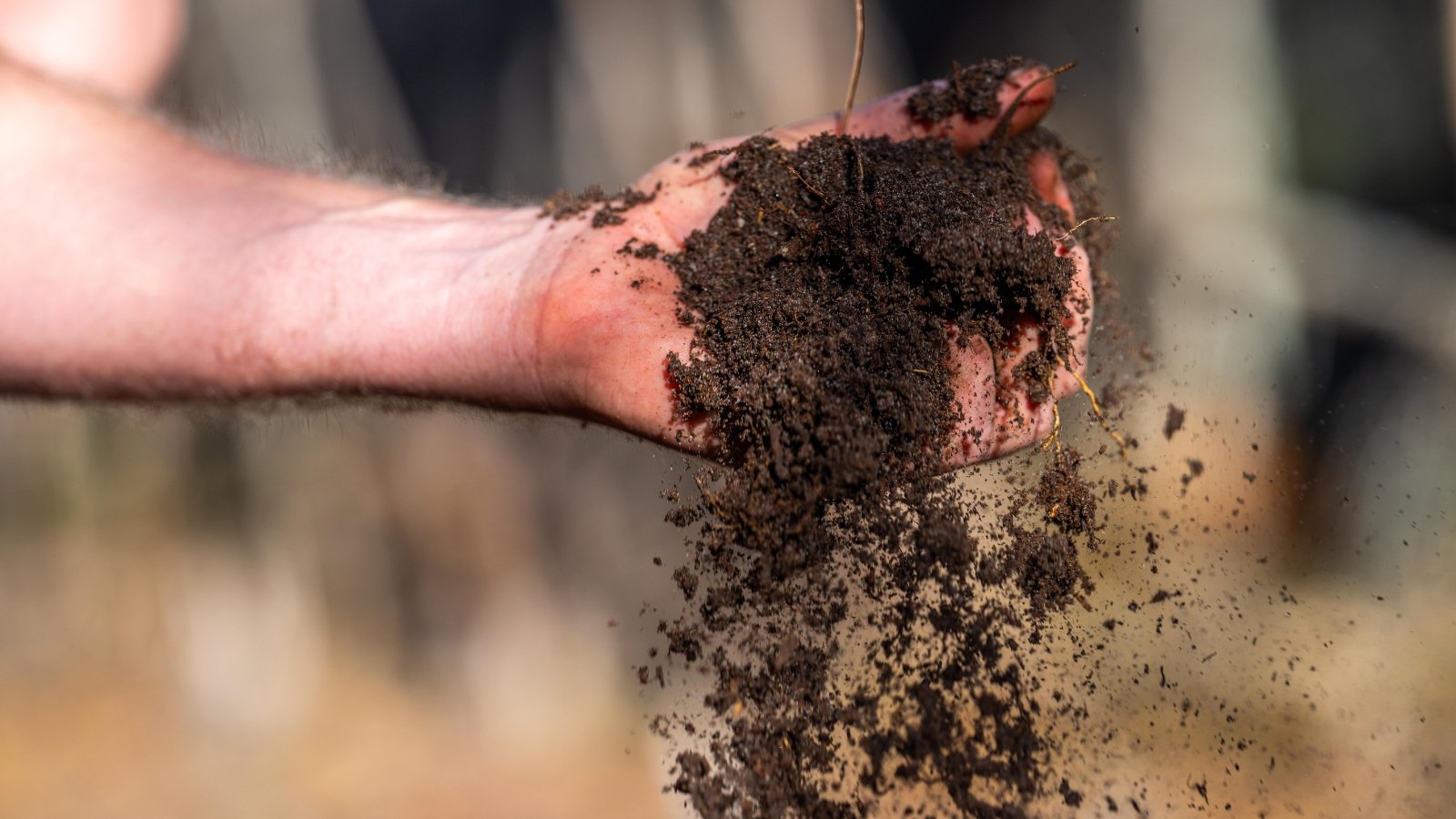
Soils vary wildly when it comes to how much water they can hold. While sand lets much of the water run right through, compacted clay retains lots of water. If you aren’t taking a good look, you might not notice that your dirt is inefficient when it comes to water retention.
For most garden crops, you want a well-balanced, loam that’s somewhere in between. If yours is too sandy, you might be wasting a lot of water. You’ll find yourself going outside to water again and again, especially during hot summer months.
Fortunately, you don’t need to send out a formal soil test to figure out if yours has the right composition. There’s a tried and true method that you can conduct right away. If your soil is too dry, you’ll have plenty of time to remedy the situation before spring.
Simply pick up a handful of moist dirt, and squeeze it into a ball. Now, open your hand. If it retains a ball shape but easily falls apart when you poke it, then you’ve got well-balanced loam. However, if the ball breaks right away or barely retains its shape, then your soil is sandy.
It’s worth noting that lots of preferred garden crops and plants like sandy soil, particularly root vegetables. But if you’re growing cruciferous vegetables or greens, they won’t be too pleased.
Balancing the composition now can save you a lot of water next year, which translates to both money and time. Adding organic matter is one of the best ways to push sand into a loamy direction. This includes compost, mulch, and even leaf mold—which should be easily accessible this time of year.
Reduce Occurrence of Weeds
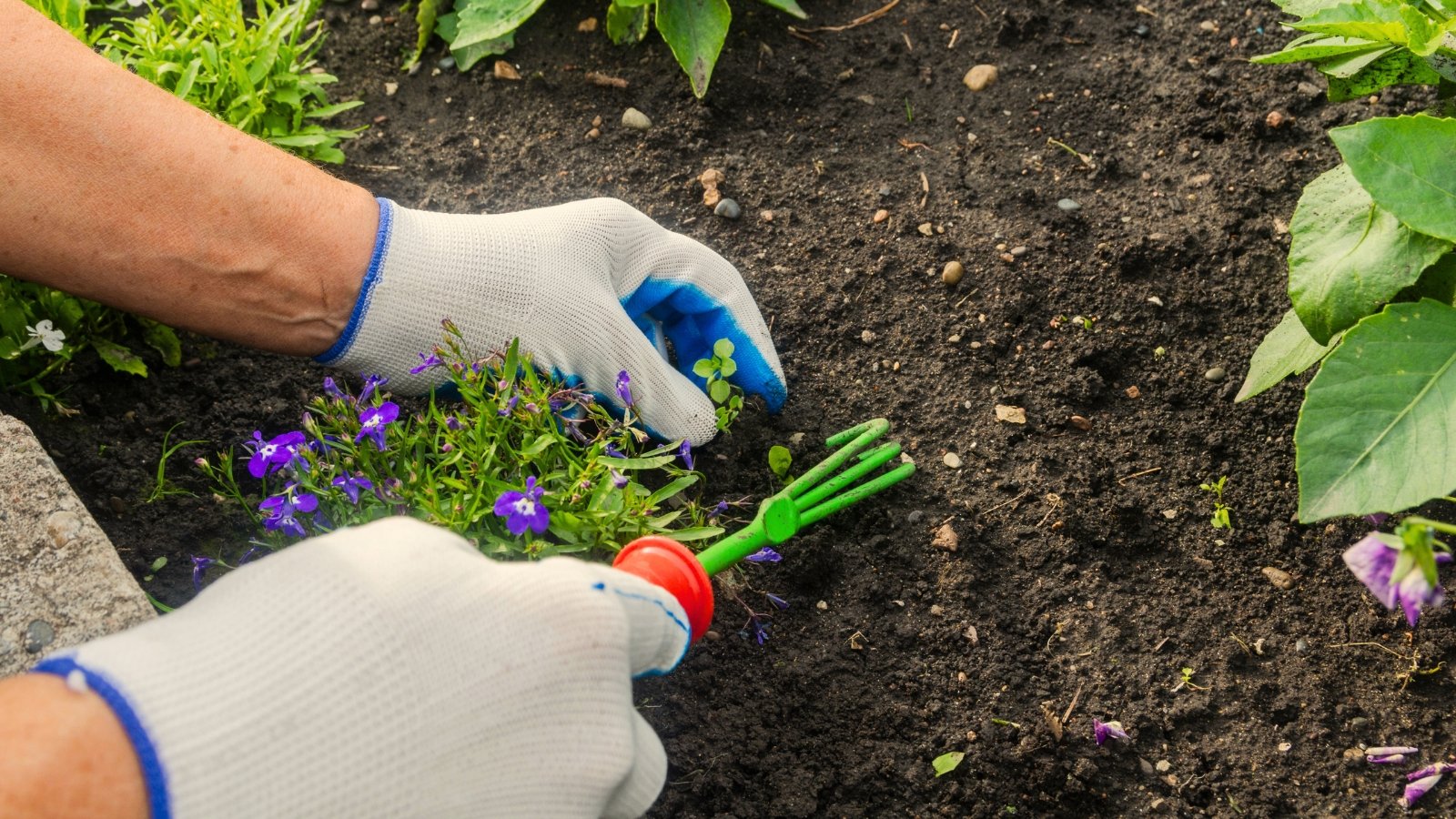
Weeds are opportunists that prosper in areas that other plants do not. Hence, their ability to pop up all over the place, including places you don’t want, making them weeds. Your soil may be inadequate for popular crops for many reasons—reasons that won’t hold back weeds.
Tons of common lawn weeds perform just fine without any nutrients, so even if your dirt is a little deficient (or a lot deficient), they can still make their home there. You may even discover more and more weeds each year, if you’re not providing proper fertility.
If your intended plants are already struggling, they’ll do even worse when they have to compete with happily growing weeds. Then, you find yourself taking drastic measures to defeat the weeds, possibly even herbicide, which can make gardening even more difficult.
Instead, test your soil in fall, and make any adjustments needed. You’re still bound to get weeds here and there, but at least they won’t be in a better position to flourish than your now well-fed tomatoes and squash.
When you’re growing outdoors, weeds are basically inevitable. All you can do is everything in your power to keep your plants healthy and strong, so that they win the fight. Meeting their nutritional needs is foundational in preparing them for battle.
Maintain Healthy Ecology
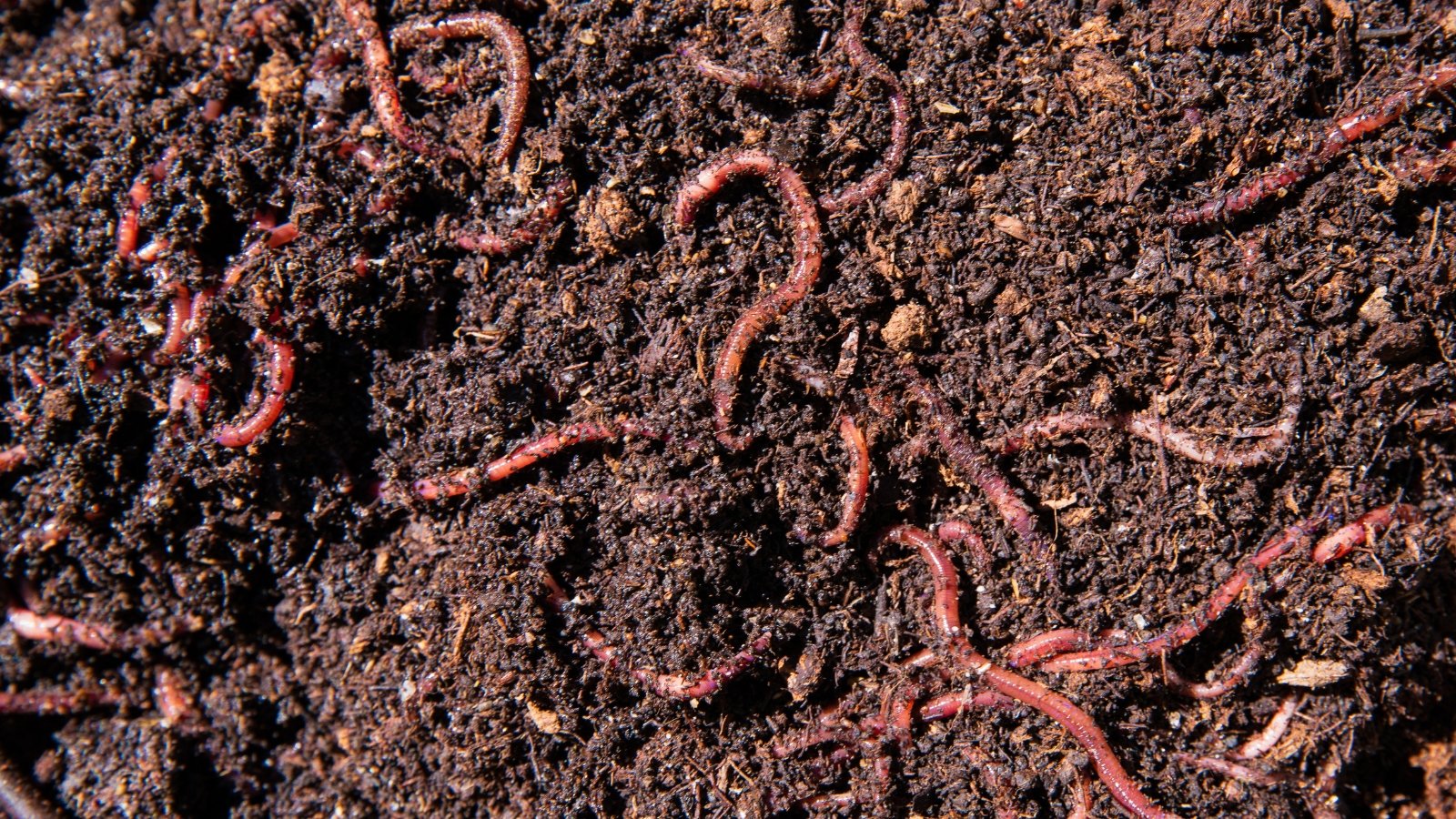
When we think about taking a close look at our soil, it’s often so that we can make sure our plants have access to what they need. That said, a little goes a long way when it comes to caring for the below ground ecology and maintaining a healthy ecosystem, which in turn benefits plants.
The best soils are home to a diverse group of microorganisms, such as bacteria and fungi, as well as larger organisms, like earthworms. These living things are all necessary to contribute to nutrient cycling and provide high-quality structure.
We may add lots of organic matter to our gardens in the form of compost, etc., but without enough decomposers to break it down, the nutrients inside won’t be available for plants to uptake, anyway.
These organisms (particularly worms) are also key when it comes to structure. Their small tunnels improve structure by increasing nutrient availability and increasing the soil’s ability to drain.
Do Soil Tests Assess Below Ground Ecology?
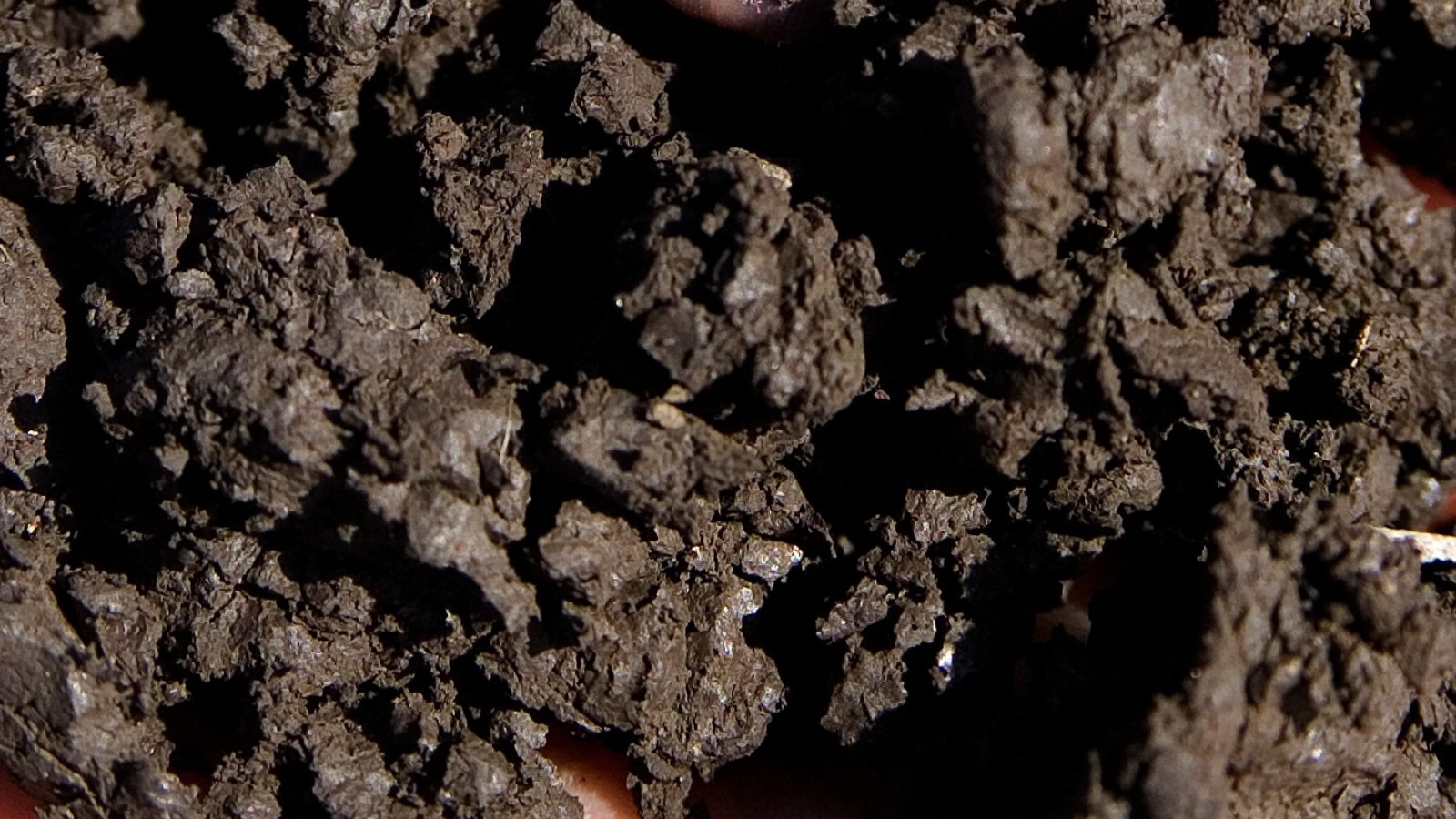
A typical test won’t tell you too much about your below ground ecology, though there are more advanced tests that do. However, this isn’t entirely necessary. When you’re gathering your samples to send out for testing, use that time to consider your soil ecosystem.
Do you see plenty of earthworms? Do you see mushrooms pop up from time to time? If you’re fertilizing with organic matter and natural sources of nutrients, you probably do.
However, if you’ve been relying on the same synthetic fertilizer for a few years, you may find your ecology lacking. If your dirt is dusty, devoid of fungi, and your test results tell you that it’s lacking in nutrients, then your ecology may be way off.
Going forward, don’t just think about what your plants need right away. Think about what will benefit both the plants now and the soil for years to come. A popular mantra says, “feed the soil, not the plants.” Prioritize this thought.
Achieve Peace of Mind
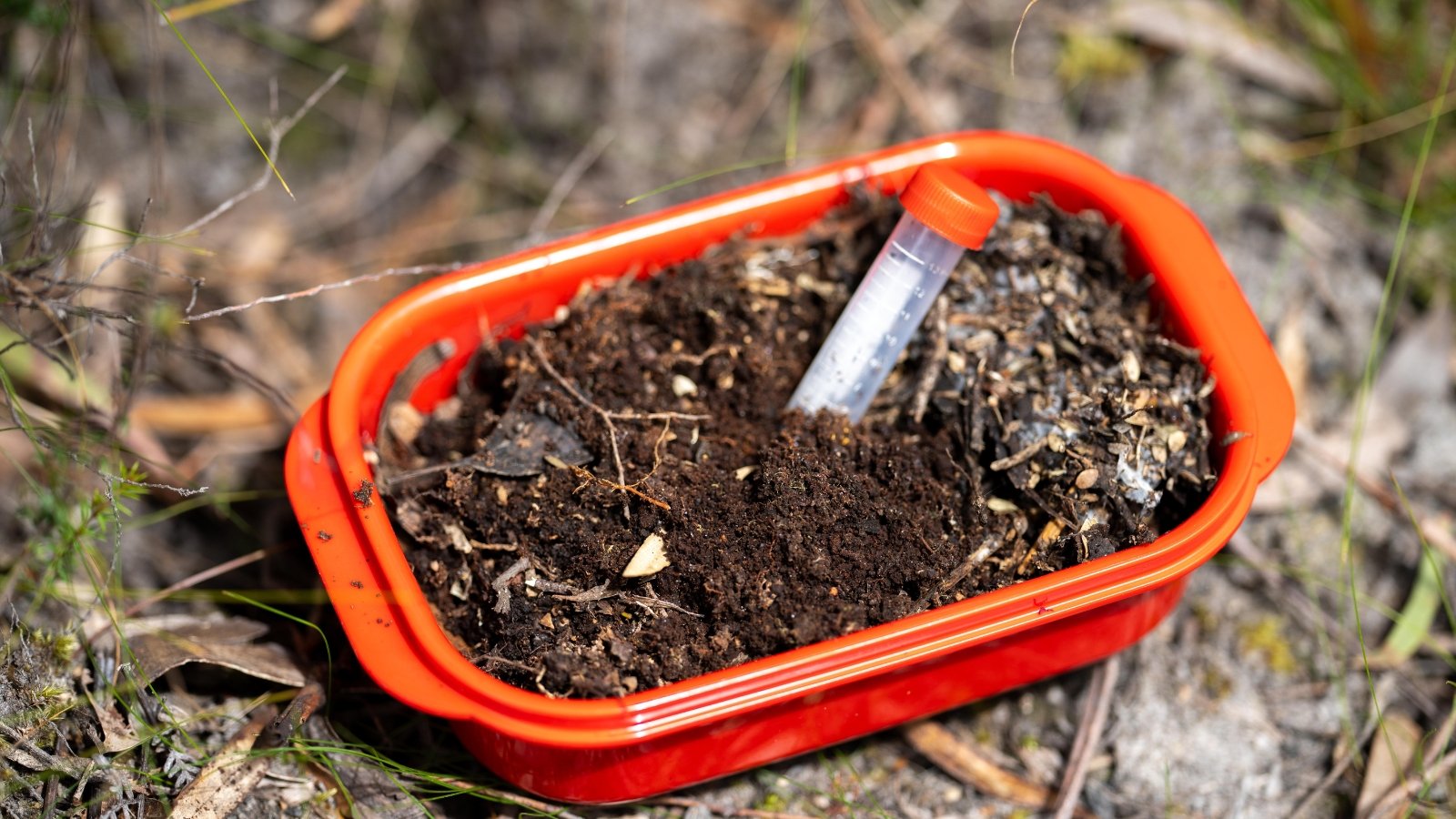
Finally, one of the most important reasons you should test is for peace of mind, which is simply priceless. As a gardener, you probably put a lot of thought into everything you do in the garden. The quality of the soil is simply not always visible to the naked eye, so it’s hard to say what’s going on if you don’t look into it.
Have you ever noticed late into the season that your tomatoes just aren’t producing like you thought they would? Or maybe that all of your peppers this year are half the size they were last year? Of course, there are many potential causes, but one of them is inadequate soil.
You may have quickly top-dressed your plants with a fast-acting fertilizer and found them perking up right away. Problem solved, but imagine how much better those crops would have performed had they been in the right soil all along?
Next year, take more steps now to prevent this phenomenon later. Save yourself from the future headache and hassle.
There are a lot of factors outside and in the garden that are totally out of your control. By testing the soil, you can eliminate quite a few of those factors, or at least start altering them as much as possible right away. Skip the test, and you’ll always be wondering.
